The Ark of the Covenant is one of the most famous and also the most mysterious of all symbols that have been used by the 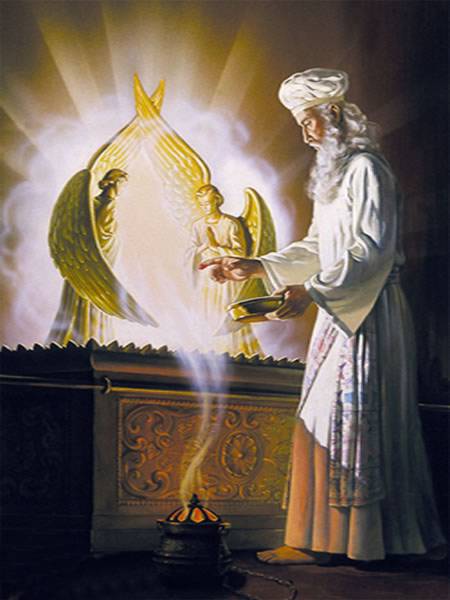 Brotherhood over the last 3,500 years. Today I would like to have the temple thrown wide open, so that the ark of the covenant is disclosed and the temple of the tabernacle of the testimony is opened.
Brotherhood over the last 3,500 years. Today I would like to have the temple thrown wide open, so that the ark of the covenant is disclosed and the temple of the tabernacle of the testimony is opened.
The meaning of the word “covenant” (Greek διαθηκη or the Hebrew word ברית) is a “promise, pledge, obligation, agreement, contract or treaty.” Hence, “The Ark of the Covenant” is really the “Ark of the Contract” and it is in the bible that this ancient and most famous contract of all time was made between God and Israel.
COVENANT is a promise under sea],1 that is to say, a promise, agreement or contract contained in a deed or instrument … A covenant, being a contract, is in many respects subject to the same rules as other contracts ; as to these, see Contract ; Condition ; Promise. § 2.
Now we know “the Ark of the Covenant” is the “Ark of the Contract” between God and Israel, but what is the Ark?
The meaning of the word “ark” is “a vessel or sanctuary that serves as protection against extinction.” The original word ark comes to us from the Hittite (Kheta) or ‘hark’ meaning to have, hold ; later the Greek arkein and Latin arca chest; akin to Latin arcēre to hold off, defend to the more modern Old English arc. This arc holds, protects and defends the contract contained within the ark.
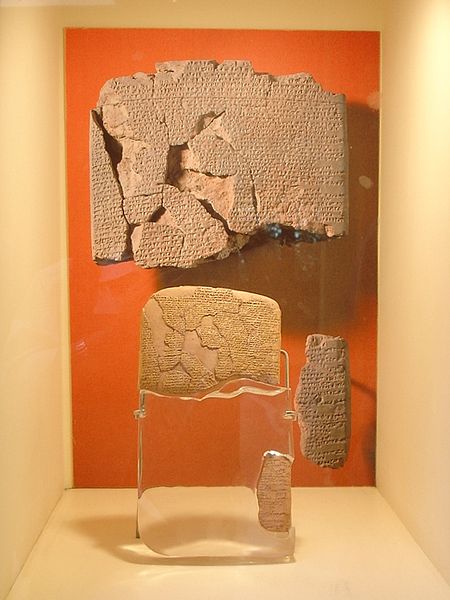 Both the words ark and covenant are modeled after the Hittite, Egyptian and Assyrian diplomatic contracts between kingdoms. When a treaty was made by war or peace amongst these ancient kingdoms, the Hittites had always created the necessary legal agreements, laws and documents detailing the treaty that were made in stone to signify the event. The Hittite laws and Hittite diplomatic contracts were modeled from earlier Mesopotamian societies. Hence, the original Ark of the Covenant (Contract) may have been as a result of the peace treaty concluded between Egyptian Pharaoh Ramesses II of the 19th Dynasty and Hittite King Hattusili III.
Both the words ark and covenant are modeled after the Hittite, Egyptian and Assyrian diplomatic contracts between kingdoms. When a treaty was made by war or peace amongst these ancient kingdoms, the Hittites had always created the necessary legal agreements, laws and documents detailing the treaty that were made in stone to signify the event. The Hittite laws and Hittite diplomatic contracts were modeled from earlier Mesopotamian societies. Hence, the original Ark of the Covenant (Contract) may have been as a result of the peace treaty concluded between Egyptian Pharaoh Ramesses II of the 19th Dynasty and Hittite King Hattusili III.
I had written on this subject before in my articles- The Hittite and Egyptian Brotherhood – Part I and Israel – Hittites Become One Heart and One Soul with Egypt. These pledges of brotherhood and peace can be seen in the first line of this peace treaty that says, “Ramesses, Beloved of Amon, Great King, King of Egypt, hero, concluded on a tablet of silver with Hattušiliš, Great King, King of Hatti, his brother”… and later in the tablet saying, “Ramesses II agreed to provide support to Hattušiliš’ successors in order to hold the Hittite throne.” Or by an ancient Hittite scribe who said, “History had nothing to report of the Kheta people, but that they had one heart and one soul with Egypt” (Brugsch, Hist. Egypt, ii. 86).
This treaty between the Hittites and Egyptians may have created the new nation of Israel under a new 20th dynasty.
Not only would there be a treaty, but also the symbol we know of today as the Ark of the Covenant (Contract), which was not only 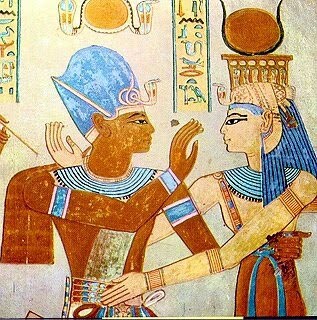 made in stone, but also in blood; for this treaty and Ark of the Covenant (Contract) would also be sealed in blood. In this treaty between the Hittites and Egyptians, this new mixed race is mentioned shortly thereafter by an ancient Hittite scribe who said, “History had nothing to report of the Kheta people, but that they had one heart and one soul with Egypt” (Brugsch, Hist. Egypt, ii. 86). When two races merge into one nation, one body and on race, they essentially become one heart and one soul, but with mixed DNA. Such as is seen in this painting of Ramesses III- whose skin is of a red tint, with his wife being portrayed as Isis and with whiter, fairer skin. These ancient paintings were often very exact in how they portrayed race because to them, race and blood was very, very important. These paintings, hieroglyphs, writings and tombs are their actual real life ancient history books that they have left behind.
made in stone, but also in blood; for this treaty and Ark of the Covenant (Contract) would also be sealed in blood. In this treaty between the Hittites and Egyptians, this new mixed race is mentioned shortly thereafter by an ancient Hittite scribe who said, “History had nothing to report of the Kheta people, but that they had one heart and one soul with Egypt” (Brugsch, Hist. Egypt, ii. 86). When two races merge into one nation, one body and on race, they essentially become one heart and one soul, but with mixed DNA. Such as is seen in this painting of Ramesses III- whose skin is of a red tint, with his wife being portrayed as Isis and with whiter, fairer skin. These ancient paintings were often very exact in how they portrayed race because to them, race and blood was very, very important. These paintings, hieroglyphs, writings and tombs are their actual real life ancient history books that they have left behind.
To go along with the “eternal treaty” of “peace and brotherhood for all time” between the two kingdoms, they would have to seal the deal by intermarrying. This occurred when the 19th Dynasty Egyptian Pharaoh Ramesses II would marry the Hittite/Babylonian King’s daughter, and conferred upon her an Egyptian name, Maathorneferure. Years later he married another Hittite princess, and through these marriages he would have children that would be of a new mixed race, that today we call the Israelites, Hebrews and Phoenicians. In their Marriage Stela, it is claimed that “The daughter of the great chief of Kheta marched in [front] of the army […].” Maathorneferure is said to have given Ramesses II a baby and died shortly thereafter. This baby I believe was Ramesses III or King Solomon of the bible.
The first Israelite Pharaoh would have been Setnakhte (Setnakht, Seth or Set) who was the first Pharaoh (1189 BC–1186 BC) of the Twentieth Dynasty of the New Kingdom of Ancient Egypt, that I believe to be Israel and who is said to be the father of Ramesses III. But as I mentioned above, I believe that his father was Ramesses II and that is why he is called the III, because he is the son of the II. In addition, Set’s reign was brief and said to last only 2 or 3 years, but just enough to establish power for Ramesses III to take the throne- who I believe is no other than the biblical son of King David and Queen Sheeba, King Solomon. Their descendants would be known as the Phoenicians and the Israelites of the bible.
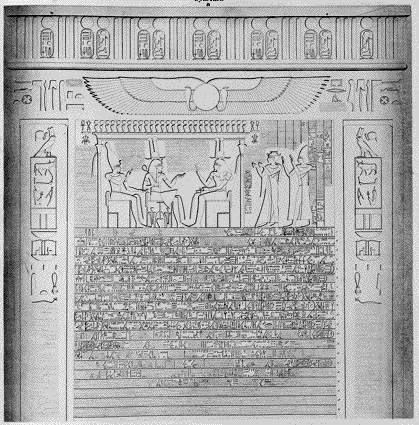 This actual event coincides with the real biblical stories of King David, King Solomon and Queen Sheba. King David would be Ramesses II. King Solomon would be the Egyptian Pharaoh Ramesses III and Queen of Sheba would represent the Hittite/Babylonian Princess named Puduhepa, who was also known under the Egyptian name of Maathorneferure; meaning, “One who sees Horus, the invisible splendor of Ra.” Just as the Queen of Sheba travelled to Jerusalem in search of King Solomon with a very great retinue, with camels that bore spices, very much gold, and precious stones; we also find that this Hittite princess left Hattusa, the Hittite capital in late 1246 BCE to meet her future husband, Pharaoh Ramesses II. She was accompanied by her mother and a huge contingent laden with gold, silver, bronze, cattle and sheep, and slaves.
This actual event coincides with the real biblical stories of King David, King Solomon and Queen Sheba. King David would be Ramesses II. King Solomon would be the Egyptian Pharaoh Ramesses III and Queen of Sheba would represent the Hittite/Babylonian Princess named Puduhepa, who was also known under the Egyptian name of Maathorneferure; meaning, “One who sees Horus, the invisible splendor of Ra.” Just as the Queen of Sheba travelled to Jerusalem in search of King Solomon with a very great retinue, with camels that bore spices, very much gold, and precious stones; we also find that this Hittite princess left Hattusa, the Hittite capital in late 1246 BCE to meet her future husband, Pharaoh Ramesses II. She was accompanied by her mother and a huge contingent laden with gold, silver, bronze, cattle and sheep, and slaves.
The picture to the above left is of the actual Hittite Princess Maathorneferure (Queen Sheba) and King Hattusili III before Ramesses II (King David) and in the bible, 1 Kings 1:28 – Then King David said, “Call in Bathsheba.” So she came into the king’s presence and stood before him.
Next we read in 1 Kings 1:27 – Is this something my lord the king has done without letting his servants know who should sit on the throne of my lord the king after him?” This biblical verse would exactly match the treaty contained in the Ark of the Covenant; that says, “Ramesses II agreed to provide support to Hattušiliš’ successors in order to hold the Hittite throne.”
The main successor of this brotherhood was Ramesses III, who may very well be King Solomon. King Solomon would be best known for the construction of Solomon’s Temple. Please let it be known that Ramesses III was also a great builder who had built several temples during his reign. One of the most famous being the “Temple of Ramesses III,” also known as Medinet Habu pictured below, that looks very similar to Solomon’s Temple. The “Temple of Ramesses III also sounds very familiar to the Temple of Solomon. Could the Temple of Ramesses III actually be Solomon’s Temple? This subject is an article or book in itself and that will be a future endeavor of mine.
In the New Testament, the Ark is mentioned in the Letter to the Hebrews and the Revelation to St. John. Hebrews 9:4 states that the Ark contained “the golden pot that had manna, Aaron’s rod that budded, and the tablets of the covenant.” Revelation 11:19 says the prophet saw God’s temple in heaven opened, “and the ark of his covenant was seen within his temple.”
The ark I have established may very well be the symbol of the contract that represented the Treaty of Brotherhood Forever between the Egyptians under Pharaoh Ramesses II and Hittite kingdoms under King Hattusili III. In part two of the Ark of the Covenant (Contract), I will attempt to bring to light what this manna might be and what Aaron’s rod that budded truly represents.
Below is some supplemental research that goes along with this article and links to my previous articles of the Hittites and Egyptian Brotherhood.
ARTICLES;
* Egyptian–Hittite peace treaty
* The Hittite and Egyptian Brotherhood – Part I
* Israel – Hittites Become One Heart and One Soul with Egypt
* What race was Ramesses III? – Part I
* What race was Ramesses III? Part II
* Ramesses III’s Kilt of Many Colors
BOOKS;
Tyndale Bible Dictionary edited by Walter A. Elwell, Philip W. Comfort;
Some have suggested that the Hittite suzerainty treaties (treaties between a greater power and a lesser one) show significant similarities with the Sinai covenant between Yahweh and Israel. In 1954 G. Mendenhall suggested that the form of the covenant at Mt Sinai was the same literary form used by Hittites in treaties with Syrian vassal states during the 14th and 13th centuries bc. In 1960 M. G. Kline applied that idea Hittite treaties required the deposit of a copy of the covenant in the chief shrine of the vassal (cf.hence, Ark of the Covenant.)
The International Standard Bible Encyclopedia: E-J – Page 229 – Google Books Result ByGeoffrey W. Bromiley – 1995 – Religion
Hittite treaties required the deposit of a copy of the covenant in the chief shrine of the vassal (cf. 25:16) in order to guarantee its preservation.

Moe is the founder of GnosticWarrior.com. He is a father, husband, author, martial arts black belt, and an expert in Gnosticism, the occult, and esotericism.

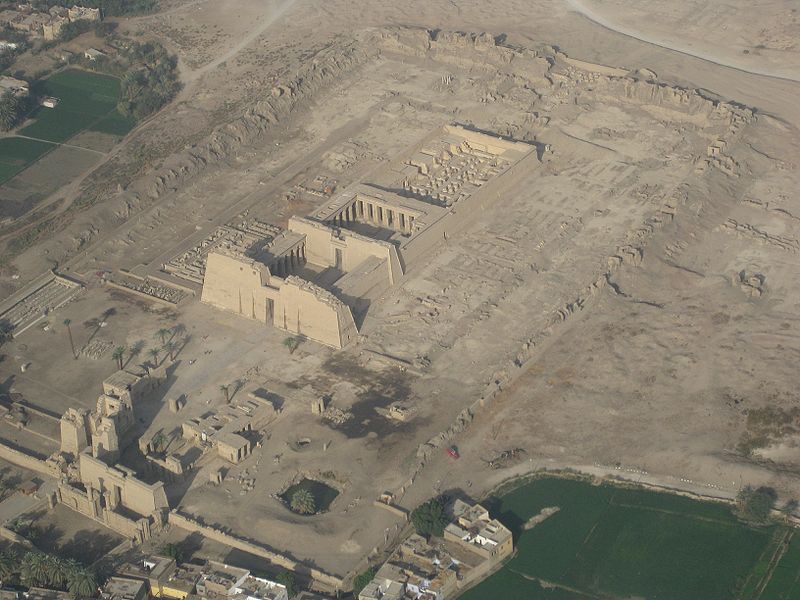
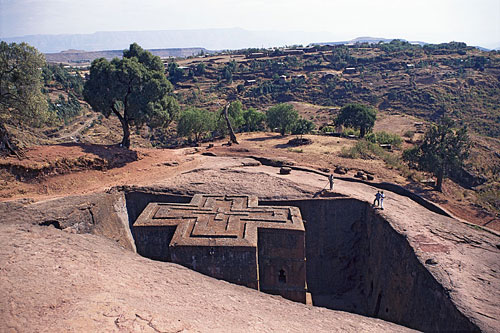

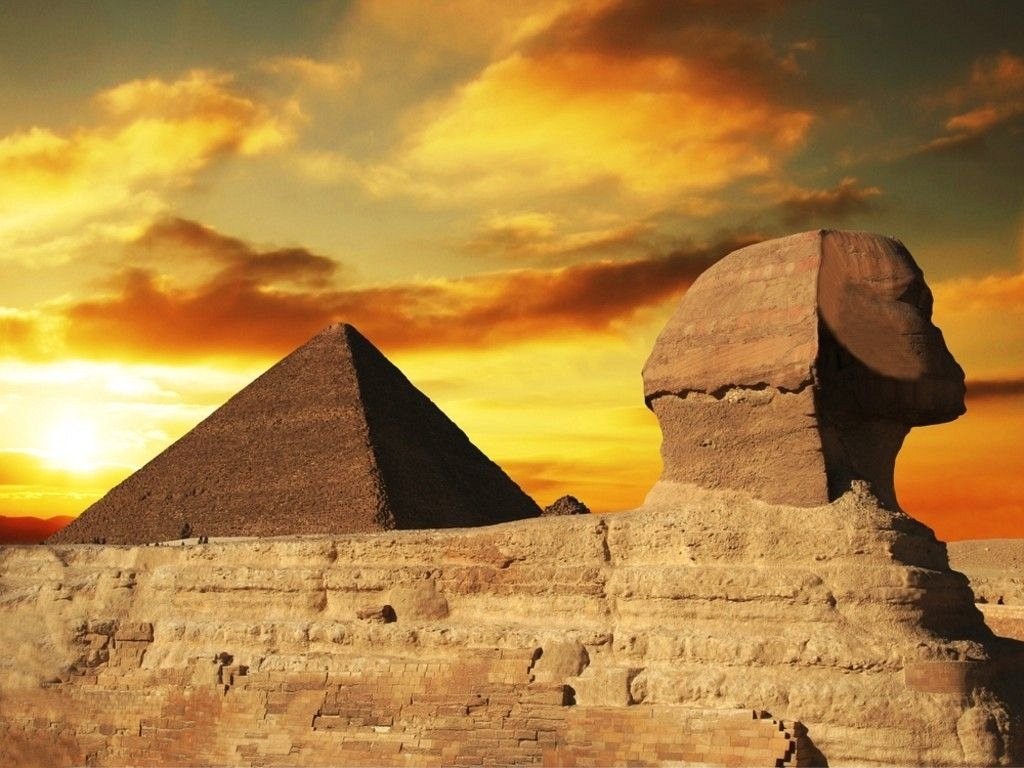
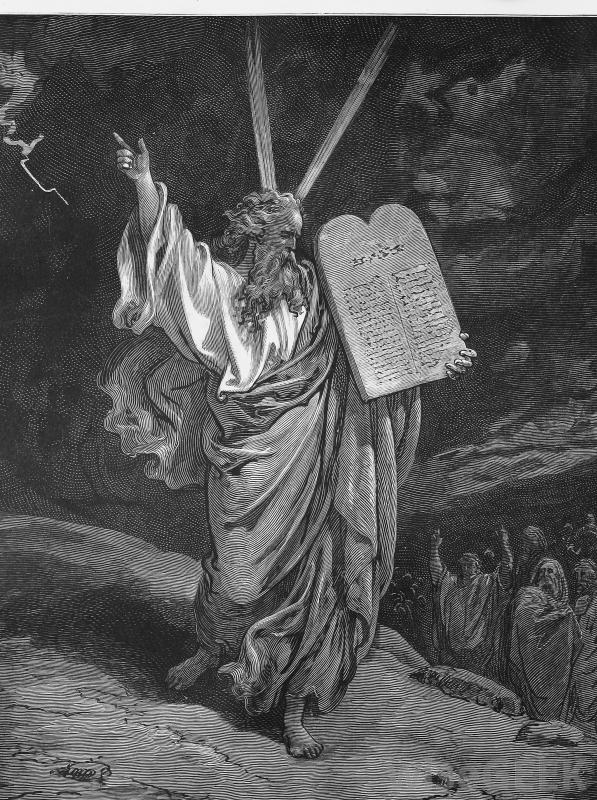
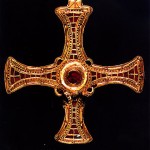

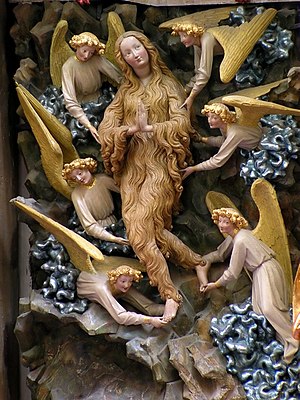

I am a treasure hunter. I have discovered something that may be important. Looks like the temple of Solomon
and includes a chamber just outside the main structure. The image is from a Russian satellite. The satellite was taking images of
an area where we think Alexander Helios and Cleopatra Celine are buried.